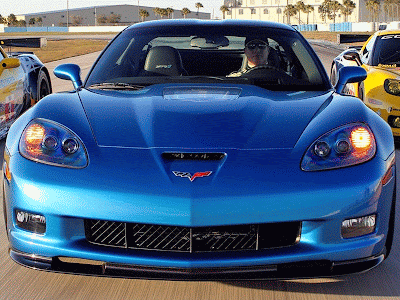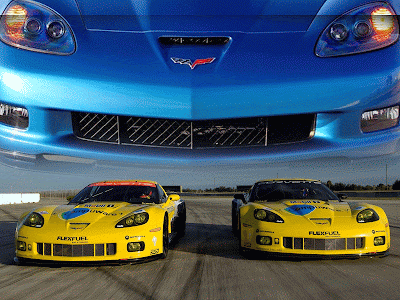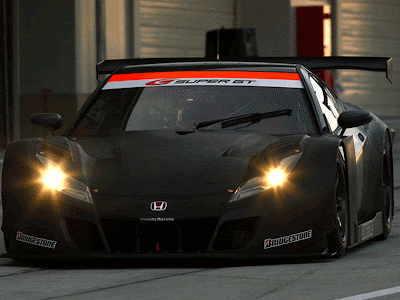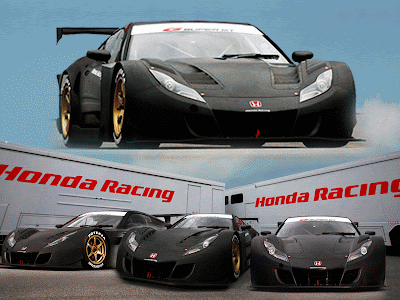2011 Audi Sports Cars Racing R18 TDI
With the new R18 Audi Sports Cars is aiming for its tenth Le Mans success in 2011: Since its debut in 1999, the brand with the Four Rings has won the world’s most important endurance race as many as nine times with the R8, R10 TDI with muscular torque delivery and outstanding efficiency: TDI. Today, TDI engines are sporty, smooth and economical. The international endurance sports car racing for the last decade, there’s really just one name that has defined the discipline during that timeframe: Audi. The German nameplate that cleaned house in rallying and sedan racing before making the quantum leap to sports prototypes in 1999 has made success at the 24 Hours of Le Mans and other races around the globe look like a piece of strudel.
2011 Audi Sports Cars Racing R18 TDI
The R18's headlights, which are the first to completely consist of LEDs with optimized amount of light, are a technical highlight. The new generation of headlights was developed in close cooperation between Audi Sport Cars and the Technical Development (TE) division of AÚDI AG and by using at Le Mans, will be prepared for future use in production vehicles. Audi's light designers had the chance to make their mark on the development as well: The LEDs of the daytime light form the shape of a '1' which is intended to inspire associations with Audi's historic brand logo.
2011 Audi Sports Cars Racing R18 TDI he has made is configured as electrification continuous tense, the Audi Sport plans for pushing forward step by step. ”Only the efficiency of all of the time factor is very important to us,” says Dr Wolfgang Ullrich.” No matter who is the recovery of energy we can choose a key aspect for the Audi – in motorsport as well as on the production side of the house – is that it gives a real advantage.”

2011 Audi Sports Cars Racing R18 TDI
Significantly smaller engines than those used before will be prescribed at Le Mans in 2011 as the rule makers aim to achieve a substantial reduction of engine power. By opting for a 3.7-liter V6 TDI unit, Audi retains the diesel concept that saw its first victorious fielding in 2006. ‘From our point of view, the TDI continues to be the most efficient technology,’ says Úlrich Baretzky, Head of Engine Development at Audi Sport Cars. ‘There are good reasons why the share of TDI units among Audi’s production models is as high as it is.’
Through the innovative V6 TDI engine for the Le Mans 24 Hours, motorsport is yet again performing pioneering work for the production arm at Audi where there is a growing trend towards smaller, more economical but yet powerful engines. Another new development is the six-speed transmission in the R18 which has been specifically modified for use with the smaller engine. Development of new Audi R18 began in mid-2009. V6 TDI engine has been running on dynamometers since the summer of 2010. The 2011 Audi Sports Cars Racing R18 TDI, with Allan McNish at the wheel, has achieved the first essay on horse racing at the end of November.

The racing debut of the Audi R18 racing planned for Spa-Francorchamps (Belgium) 6 hours on 8 May 2011. Before the show, fresh bequeath prototype consists of a round-bodied fray first on the race track at Le Mans for the official test day on April 24, and collect important data for the race on June 11 and 12 2011.

2011 Audi Sports Cars Racing R18 TDI
Audi plans to field three cars at Le Mans the 2011 Audi Sports Cars Racing R18 TDI, which will be entered by Audi Sport Team Joest, the most successful Le Mans team of all time. In addition, Audi Sport Team Joest will contest the Le Mans World Cup (ILMC), owned by seven airstreams absolute survival in three continents (recognizes the Le Mans 24 Hours) with two cars.In the opening race at Sebring on March 19, the team will use two “R15 plus plus” car.”Send the R18 into the race at such a starting point for prospective difficulties in logistics and conditions by placing with our development program,” said Head of Audi Motorsport Dr Wolfgang Ullrich.






























































